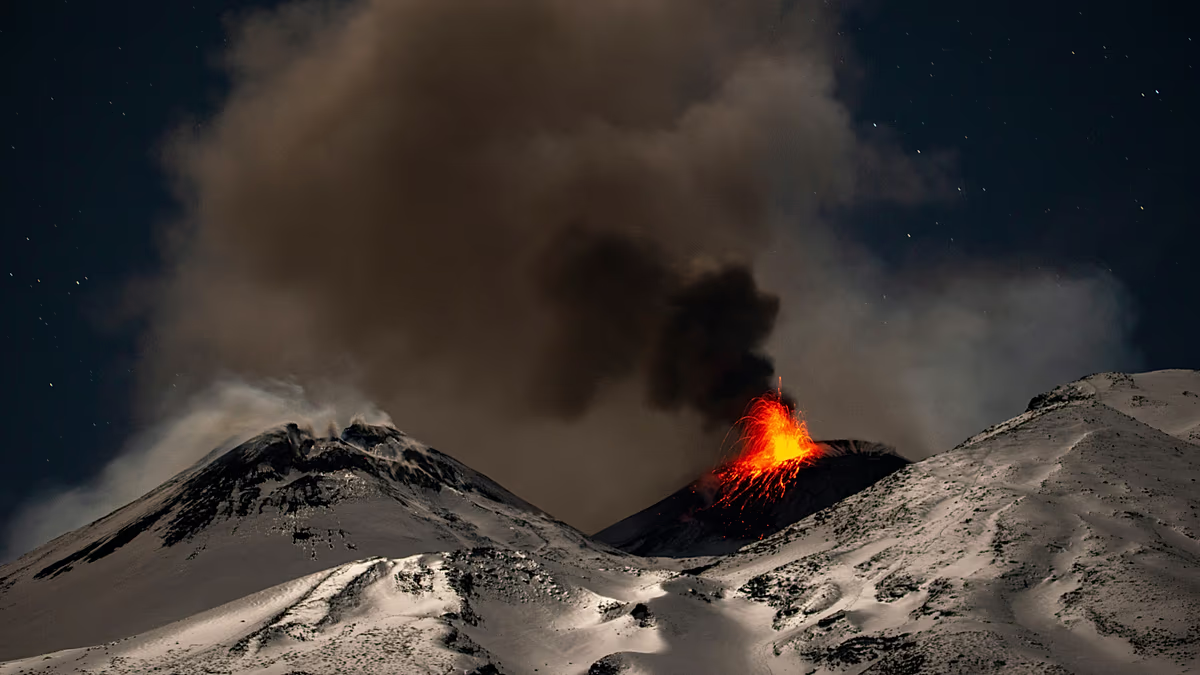The Mont-Blanc Tunnel, a vital transport artery connecting France and Italy beneath the towering Alps, has reopened after a three-month closure for extensive renovations. This 11-kilometer marvel of engineering, the world’s second deepest operational tunnel after Switzerland’s Gotthard Base Tunnel, underwent significant structural enhancements, focusing on a 600-meter section of its vault. The tunnel, originally opened in 1965, plays a crucial role in facilitating trade and travel between the two countries, forming a key segment of the E25 European route that stretches from the Hook of Holland to Sicily. The recent closure allowed engineers to test various reconstruction techniques, paving the way for a more comprehensive renovation project planned for 2025. While the specific dates for the 2025 closure are yet to be confirmed, it signifies a commitment to maintaining the tunnel’s long-term structural integrity and safety.
The 2024 renovation work focused on strengthening the tunnel’s vault, a critical element for ensuring its stability and resilience against the immense pressure exerted by the overlying rock. Over 150 skilled workers were mobilized for the project, working around the clock to complete the renovations within the scheduled timeframe. The intensive operation involved over 150,000 hours of labor, highlighting the complexity and scale of the undertaking. The project served as a testing ground for innovative reconstruction technologies, with two 300-meter stretches serving as experimental zones. The data gathered from these trials will inform the strategies employed during the more extensive 2025 renovation, optimizing efficiency and ensuring the long-term viability of the tunnel.
While the recent closure necessitated detours and alternative routes for travelers, the reopening of the Mont-Blanc Tunnel provides welcome relief. Drivers can once again enjoy the convenience and speed offered by this subterranean passage, significantly reducing travel time compared to the scenic but lengthier alternative routes. The upcoming 2025 renovation project, while causing another temporary closure, represents a necessary investment in the tunnel’s future, ensuring its continued operation for decades to come. Discussions are ongoing between the French and Italian governments about the optimal approach to the longer-term refurbishment of the entire vault. Two main options are under consideration: a complete four-year closure to allow for uninterrupted work, or a series of annual four-month closures spread over two decades.
For those planning a road trip between France and Italy, the reopening of the Mont-Blanc Tunnel simplifies travel considerably. However, it is crucial to be aware of the planned 2025 closure and factor it into travel itineraries. The toll for using the tunnel is currently €51.50 for a one-way trip and €64.20 for a return journey. While the tunnel offers the most direct route, alternative options exist for those seeking to explore different landscapes or avoid potential disruptions during the 2025 closure. These alternative routes, although adding to travel time, can sometimes offer cost savings and provide opportunities to experience the scenic beauty of the Alps.
Several alternative routes exist for traversing the Alps between France and Italy, offering varying degrees of convenience, cost, and scenic appeal. The Fréjus Tunnel, located approximately 160 kilometers south of the Mont-Blanc Tunnel, provides a viable option, particularly for heavy goods vehicles. The toll for the Fréjus Tunnel is slightly higher than the Mont-Blanc Tunnel, at €54.10 for a single journey and €67.50 for a return trip. Toll payment subscriptions, such as the TMB card and Eurotoll, cover both tunnels, providing a convenient option for frequent travelers. For those seeking a route through Switzerland, the Tunnel du Grand-Saint-Bernard offers a more westerly passage, connecting Martigny in Valais with Saint-Rhémy-en-Bosses in Italy’s Aosta Valley. This option comes with a lower toll of €31 for a single journey.
Beyond the tunnels, several mountain passes offer scenic drives through the heart of the Alps. The Col du Petit-Saint-Bernard and the Col des Montets provide routes further to the southwest and north, respectively. However, it’s essential to be aware of potential closures due to heavy snow, especially during the winter months. The Mont Cenis pass and the Montgenèvre Pass, situated further south, offer additional alternatives for road travel, although they too can be affected by winter weather conditions. While these alternative routes may add to travel time, they offer breathtaking views of the Alpine landscape, providing a unique travel experience. It is advisable to check road conditions and weather forecasts before embarking on these routes, especially during the winter season.












